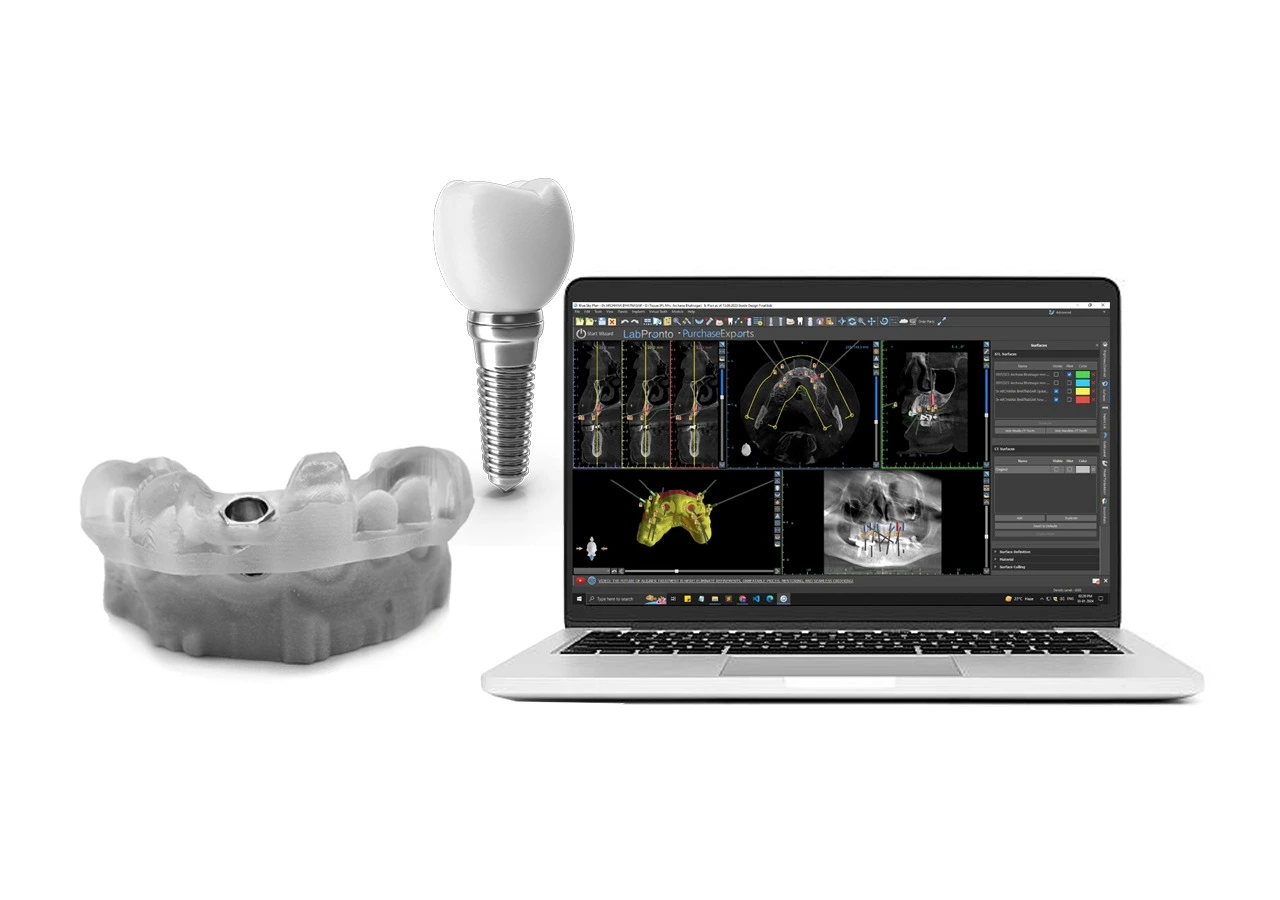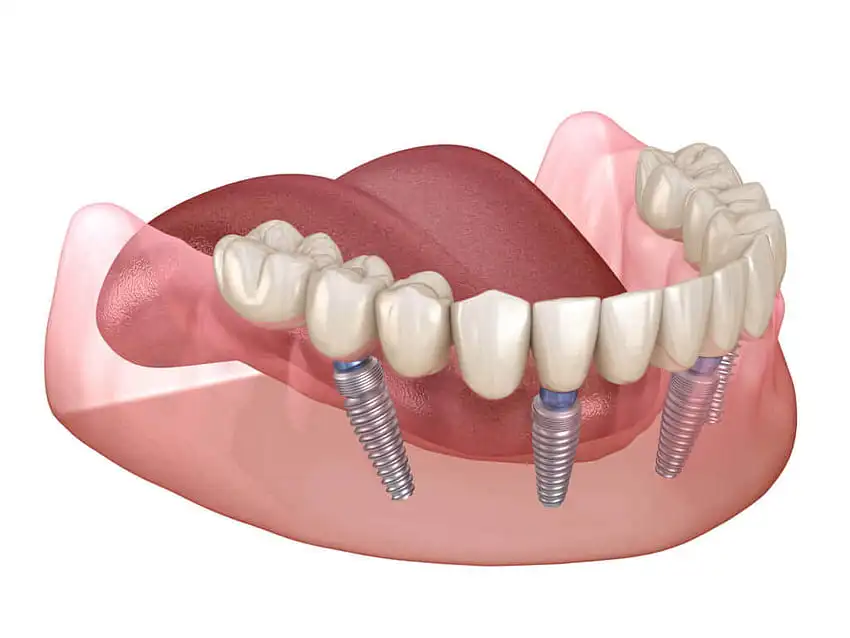Advantages of Guided Implant Dentistry: Unveiling the Approach

In the dynamic world of modern dentistry, a groundbreaking approach is revolutionizing the way we approach tooth replacement: guided implant dentistry. Imagine a dental procedure where every step is meticulously planned, every movement precise, and every outcome predictable. This is the essence of guided implant dentistry – a fusion of advanced technology, surgical expertise, and patient-centered care that is reshaping the landscape of implantology.
Guided implant dentistry utilizes advanced technology such as computer-guided systems to precisely plan and execute dental implant procedures. This innovative approach enhances the accuracy, predictability, and overall success of dental implant placement, ultimately benefiting both patients and dental professionals. In this blog post, we will delve into the myriad advantages of guided implant dentistry and explore how it is transforming the field of dental implantology.
Enhanced Precision and Accuracy:
Guided implant dentistry employs state-of-the-art imaging technology, such as cone beam computed tomography (CBCT) scans and intraoral scanners, to create detailed 3D representations of the patient's oral anatomy. These digital images allow for precise planning of implant placement, taking into account factors such as bone density, anatomical structures, and aesthetics. By accurately determining the optimal position, angle, and depth for implant placement, guided surgery minimizes the risk of errors and ensures optimal outcomes.
Improved Predictability:
One of the key advantages of guided implant dentistry is its ability to enhance treatment predictability. By carefully planning the entire implant procedure using computer-aided design (CAD) software, dental professionals can anticipate potential challenges and devise appropriate solutions in advance. This proactive approach reduces the likelihood of complications during surgery and increases the likelihood of long-term success for dental implants.
Minimally Invasive Procedures:
Guided implant surgery enables minimally invasive techniques, allowing for smaller incisions and less trauma to the surrounding tissues. By precisely guiding the placement of implants, it is possible to avoid unnecessary bone manipulation and preserve healthy bone structure. As a result, patients experience less postoperative discomfort, faster healing times, and reduced risk of complications compared to traditional implant surgery techniques.
Shorter Treatment Times:
Another significant advantage of guided implant dentistry is its ability to streamline the treatment process and reduce overall treatment times. With meticulous preoperative planning and precise implant placement, dental professionals can perform implant surgeries more efficiently. Additionally, advancements in CAD/CAM technology enable the fabrication of custom implant restorations with rapid turnaround times, further expediting the treatment process and ensuring timely delivery of final prostheses to patients.
Improved Patient Experience:
Guided implant dentistry offers a superior patient experience compared to conventional implant procedures. By minimizing surgical invasiveness and discomfort, patients report less pain, swelling, and downtime following guided implant surgery. Furthermore, the predictable outcomes and shorter treatment times associated with guided implant dentistry contribute to increased patient satisfaction and overall treatment success rates.
Optimal Aesthetic Results:
Achieving natural-looking aesthetics is a primary goal of dental implant treatment. Guided implant dentistry enables precise control over the positioning and angulation of implants, ensuring optimal aesthetic outcomes. By placing implants in the ideal position relative to the surrounding teeth and soft tissues, dental professionals can achieve harmonious integration with the patient's natural smile, resulting in lifelike and aesthetically pleasing results.
 Enhanced Communication and Collaboration:
Enhanced Communication and Collaboration:
Guided implant dentistry fosters improved communication and collaboration among members of the dental team, including dentists, oral surgeons, prosthodontists, and dental laboratory technicians. Through the use of digital treatment planning software and virtual implant placement simulations, dental professionals can collaborate more effectively to develop comprehensive treatment plans and coordinate each step of the implant procedure seamlessly.
Long-Term Stability and Functionality:
Guided implant dentistry prioritizes the long-term stability and functionality of dental implants. By ensuring precise placement and optimal osseointegration, guided implant surgery helps maximize the longevity of implant-supported restorations. Patients can enjoy restored chewing function, speech clarity, and overall oral health for years to come, enhancing their quality of life and well-being.
In conclusion, guided implant dentistry represents a significant advancement in the field of dental implantology, offering numerous advantages over traditional implant placement techniques. From enhanced precision and predictability to minimally invasive procedures and improved patient experiences, guided implant dentistry is transforming the way dental professionals approach tooth replacement. By harnessing the power of advanced technology and meticulous treatment planning, guided implant dentistry delivers superior outcomes, ultimately restoring smiles and improving lives.
Whether you're a dental professional seeking to enhance your clinical practice or a patient considering dental implant treatment, guided implant dentistry holds the promise of a brighter future for tooth replacement therapy. Embracing this innovative approach can lead to better outcomes, greater patient satisfaction, and a higher standard of care in modern dentistry.
DOWNLOAD FREE E-BOOK
Kick start your Guided Surgery Practice.
 USA & Canada:
USA & Canada:
 UK:
UK:


Comments: